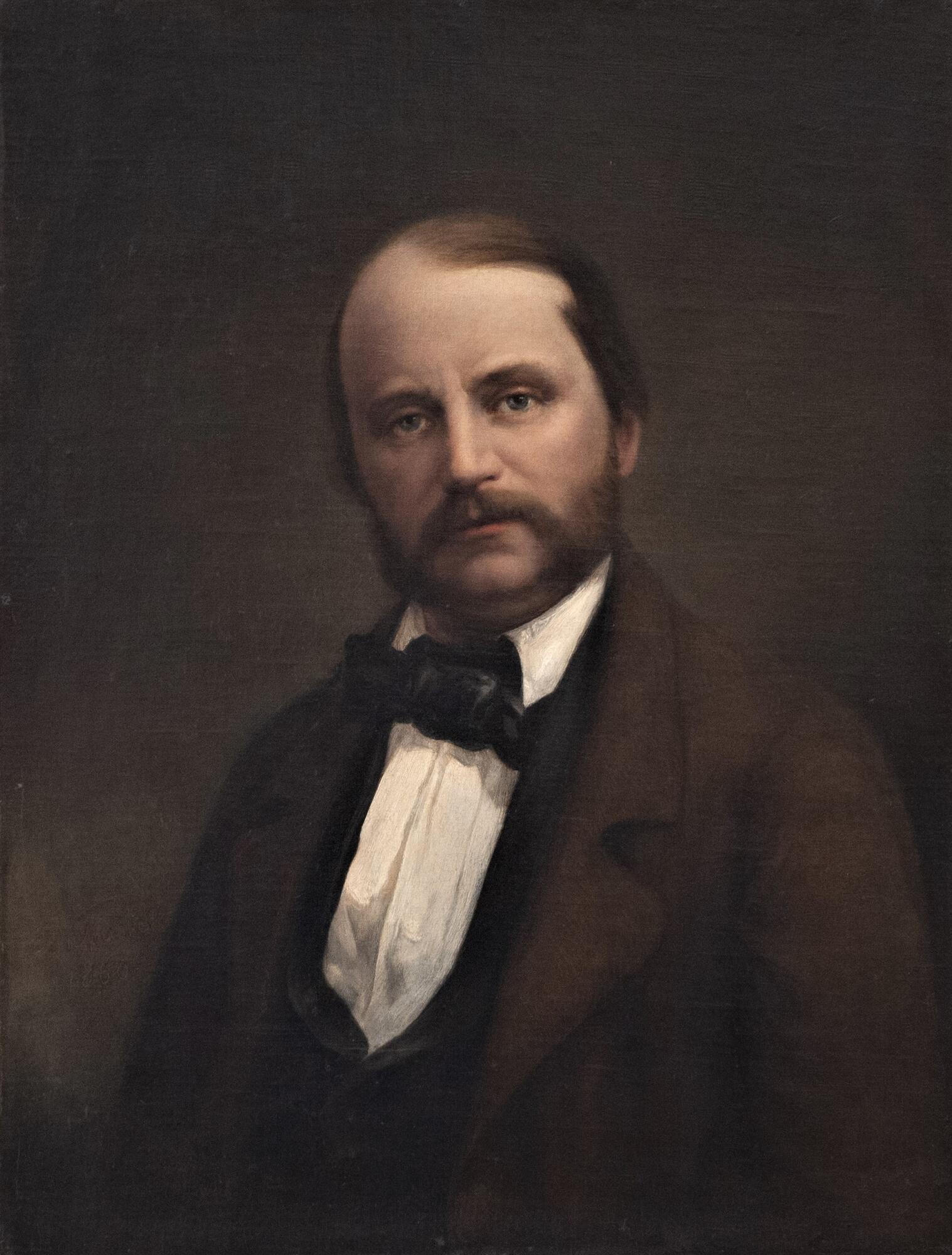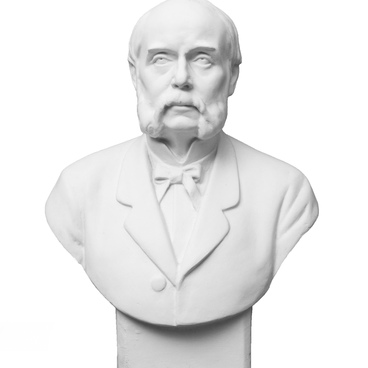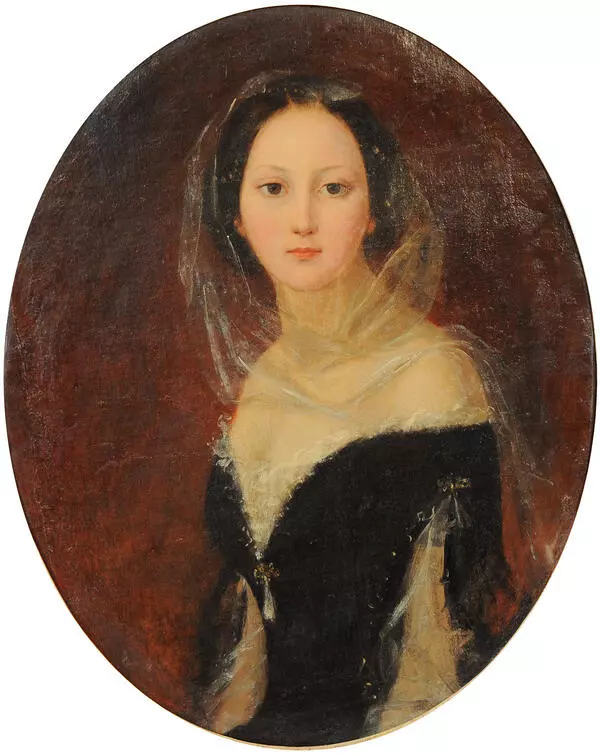The Ulyanovsk Museum of Local History houses the portrait of Ivan Goncharov created in 1860 by the writer’s close friend Nikolay Maykov — a Saint Petersburg artist, Member of the Academy of Arts, and the father of a famous poet Apollon Maykov. The two met in 1835 when Goncharov had just moved to Saint Petersburg and became a resident tutor at the Maykov’s house. He taught Russian literature, Latin and rhetoric to the Maykov children. Literary soirees were often held at the residence and gave Goncharov the opportunity to meet the prominent writers of that time — Fyodor Dostoevsky, Ivan Turgenev, Nikolay Nekrasov. It was then that Goncharov’s first stories, essays and poems were featured in the hand-written magazines “Snowdrop” and “Moonlit Nights”.
Nikolay Maykov depicted the 48-year-old Goncharov, who at the time was already a famous writer and had just had his best-known novel “Oblomov” published. Yelizaveta Tolstaya, the married name Musina-Pushkina, was Goncharov’s love interest, and her image served as one of the prototypes for Olga Ilyinskaya, one of the book’s characters. Goncharov made the acquaintance of Tolstaya at the Maykov’s house.
Nikolay Maykov did not study art like other painters usually did. During the Russian Patriotic War of 1812, he was heavily wounded and discharged from service. He went to his father’s estate in the Yaroslavl Governorate to recuperate, and while there, he taught himself the basics of art painting. After his recovery, he rejoined the army, but never stopped painting: whenever there was a pause in between battles and campaigns, the self-taught artist made landscape sketches, as well as painted portraits of his comrades and war scenes.
After the war, Nikolay Maykov moved to Saint Petersburg where he was noticed by Tsar Nicholas I. Upon the Tsar’s order, he created a series of images for the Troitsky Cathedral of the Russian Imperial Army Izmaylovskiy regiment. As a result, the Imperial Academy of Arts named Maykov an “Academician”, even though he was not a graduate. In the following years, Maykov worked on an iconostasis at Saint Isaac’s Cathedral and chapels at the Winter Palace; he also created a painting “Bather at Rest” for the Yelagin Palace and painted plafonds at Princess Yusupova’s mansion in Liteyny Avenue.
Nikolay Maykov depicted the 48-year-old Goncharov, who at the time was already a famous writer and had just had his best-known novel “Oblomov” published. Yelizaveta Tolstaya, the married name Musina-Pushkina, was Goncharov’s love interest, and her image served as one of the prototypes for Olga Ilyinskaya, one of the book’s characters. Goncharov made the acquaintance of Tolstaya at the Maykov’s house.
Nikolay Maykov did not study art like other painters usually did. During the Russian Patriotic War of 1812, he was heavily wounded and discharged from service. He went to his father’s estate in the Yaroslavl Governorate to recuperate, and while there, he taught himself the basics of art painting. After his recovery, he rejoined the army, but never stopped painting: whenever there was a pause in between battles and campaigns, the self-taught artist made landscape sketches, as well as painted portraits of his comrades and war scenes.
After the war, Nikolay Maykov moved to Saint Petersburg where he was noticed by Tsar Nicholas I. Upon the Tsar’s order, he created a series of images for the Troitsky Cathedral of the Russian Imperial Army Izmaylovskiy regiment. As a result, the Imperial Academy of Arts named Maykov an “Academician”, even though he was not a graduate. In the following years, Maykov worked on an iconostasis at Saint Isaac’s Cathedral and chapels at the Winter Palace; he also created a painting “Bather at Rest” for the Yelagin Palace and painted plafonds at Princess Yusupova’s mansion in Liteyny Avenue.




